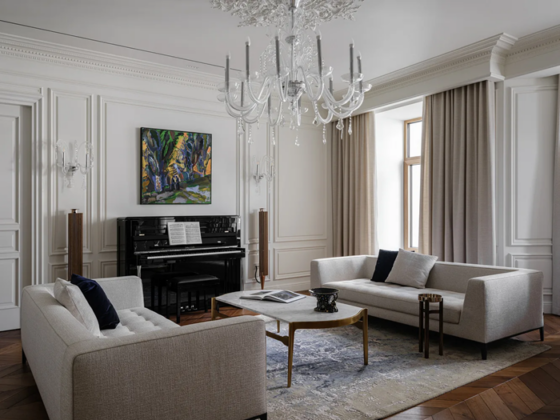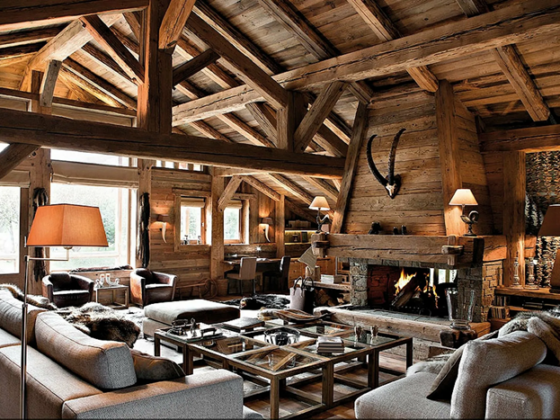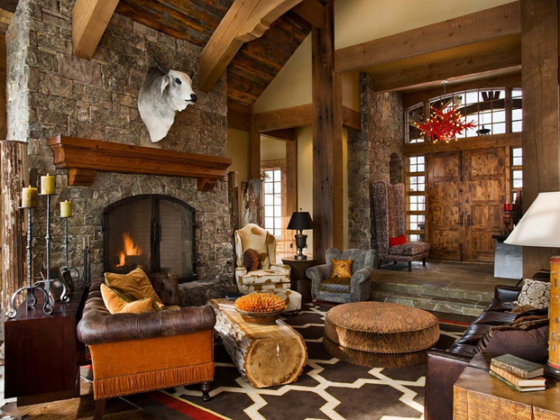The pool in its own garden is a decoration, and a favorite vacation spot, and the opportunity to plunge into cool clean water. In addition, this element of landscape design will bring joy to your children.
Many believe that it is easier and faster to use ready -made factory composite bowls for the pool made of polypropylene. Calculating what is more profitable in price is easy. But if you consider that pools are often built in a suburban zone, then the cost of delivery of such a volumetric product may be considerable.
Therefore, as one of the options for building a pool with your own hands, consider a classic way to use concrete.
Materials and tools for building a pool with your own hands
Cement: Better Mark 500, 600;
sand;
crushed stone of the middle fraction;
plasticizing waterproofing additives to concrete;
steel reinforcement reinforcing mesh;
wood board and a beam for formwork;
Concrete mixer, grinder, pistol for knitting reinforcement.
If you have time and muscular auxiliary assistants from among relatives and friends, you can do without an instrument, but the process is very time -consuming.
The sequence of work on the construction of the pool
Pit and bottom
Dig a pit. Determine the shape of the pool, bottom relief. If you plan a sewer, make the necessary calculations and measurements for driving water through pipes to a septic tank or a filter well. Digging, keep in mind that future concrete walls should be 100-150 mm, depending on the volume of the tank. When preparing a foundation pit, take out the soil in places where the steps are planned, observing the shape: do not have to make additional pouring.
Seal and align the soil. For adding you can use sand. If the soil is loose, it is worth putting on the bottom a layer of sand and crushed stone up to 100 mm and compact.
We knit reinforcement for the bottom. It is especially important to strengthen the steps with it. It is better to use rods with a 10 mm thick.
Pour the bottom of the pool. By connecting cement and sand (1: 3), crushed stone, plasticizer (in the proportion specified in the instructions), pour the lower level. If there are steps, they are poured alternately, allowing to freeze with the lower layer (72 hours), making the formwork so that the next level laid on 100-150 mm.
The walls of the pool
We make the formwork. The walls of the pit should be even. Using the board 30–40 mm, install it along the outer perimeter of future walls and fix it tightly. There should be a distance between the board and soil so that after the concrete hardens, the formwork can be removed. In order to avoid deformation, the outer side of the formwork is fixed with a beam in contact with the soil.
We build the formwork for the inside. Passing boards of formwork is placed at a distance of 150 mm from external overtaking. Reliably fasten them together using the beam. It turns out a “vessel” for the future filling.
We lay the reinforcement. We knit reinforcing rods with a gun or manually by the size of the formwork and install so that this design does not fit close to the edges. For reliability, an additional reinforcing grid is laid on the inside.
Strengthen the formwork. The pressure of concrete on the walls of the formwork will be significant, therefore, stretch marks are installed from the inside: a beam, a board, metal adjustable rods that rest in the opposite directions of the formwork, at least after 700-1000 mm. Such a design must be calculated, manufactured, prepared the material, taking into account the fixing elements and fasteners.
When the formwork and reinforcement are installed, filling is made. If there are cracks anywhere, they are closed with roofing material from the inside of the formwork. By connecting cement with sand, waterproofing and antifungal plasticizing additives, pouring crushed stone into the liquid solution, pour the walls of the pool. If there is a concrete mixer, it will take less time than the formwork.
When, after 15-20 days, the concrete freezes, remove the formwork and perform a parapet – a platform around the pool. This structural element is not mandatory, but its presence will allow you to complete the finish and make the pool more convenient. It will serve as a platform for the roof of the pool.
Bruster pool
The hole formed after dismantling the pit around the tank is filled and sealing, using previously excreted soil, gravel, brick, concrete (building garbage), sand.
If the depth of the pool is more than 1.5 m, the seal is best carried out in 3-4 stages. 200 mm to the surface, pour around the walls a layer of sand with crushed stone up to 100 mm thick and width needed for the parapet.
We set the formwork around the perimeter at a distance equal to the desired pair of parapet minus minus the thickness of the walls of the tank. The optimal width is 0.5 m so that you can walk and sit by the water. We carry out reinforcement, lay the grid, pour concrete of the same composition as the walls of the pool.
When the structure freezes, we are preparing for the finish: eliminate bulges and deepening, grind.
Basin finish
The bottom and walls of the pool can be laid out with waterproof ceramic tiles, using a hydro -resistant construction mixture for laying it. You can paint the pool with waterproof paint. But for this, having polished the walls and bottom, to perform their plaster and putty, using waterproof materials again.
Bruster can also be laid with tiles or painted. But if you apply a terrace board from a wood-polymer composite for him, it will be reliable, convenient for installation, beautifully.
If the pool is small, it is cheaper to take water to be used using a pump. The sewage system for the pool is best done in combination with the construction of the sewage of the entire house.


